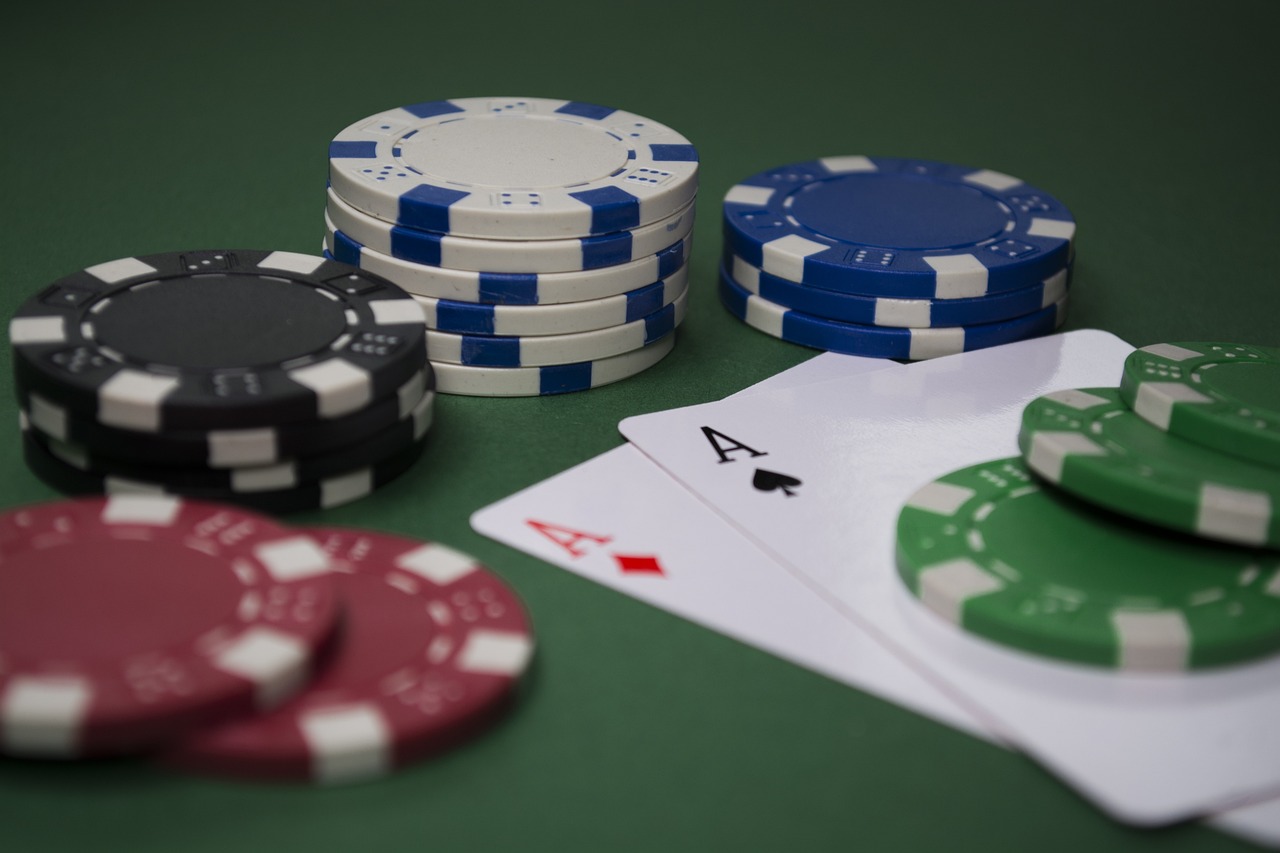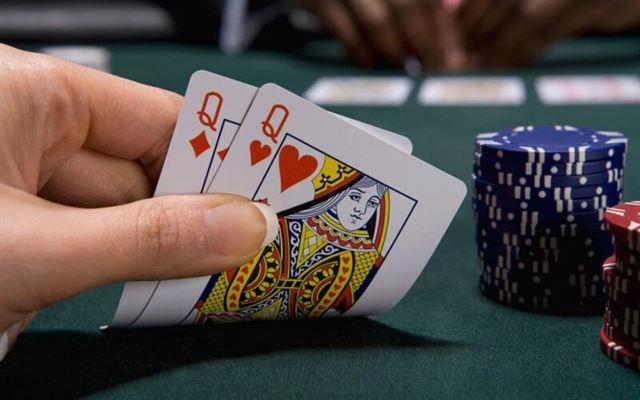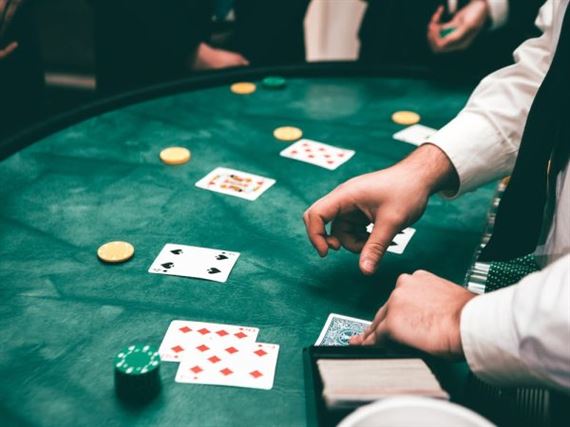Roulette Through the Ages: A Journey Through Time is a captivating exploration of the history and evolution of the popular casino game, roulette. This article takes readers on a fascinating journey, tracing the origins of roulette back to its early beginnings in 18th century France. From there, it delves into the game’s spread across Europe and its eventual arrival in the United States. With meticulous research and an engaging guide, Roulette Through the Ages offers a unique perspective on the game’s development, its cultural significance, and its enduring appeal throughout the centuries. Whether you are a seasoned roulette player or simply curious about the game’s rich history, this article is a must-read for anyone interested in the captivating world of gambling.
The Origins of Roulette: Tracing the Game’s Beginnings
Roulette, a game of chance and excitement, has a rich history that spans centuries. To truly appreciate the game as it is today, it is essential to understand its origins and how it has evolved over time. Tracing the beginnings of roulette takes us back to 17th century France, where the game first emerged.
The exact origins of roulette are somewhat shrouded in mystery, but it is widely believed to have been created by the renowned mathematician and philosopher Blaise Pascal. In his quest to create a perpetual motion machine, Pascal inadvertently stumbled upon the concept of roulette. While his invention did not achieve its intended purpose, it laid the foundation for one of the most popular casino games in the world.
The early versions of roulette were quite different from what we know today. The game initially featured a wheel with 36 numbered pockets, alternating between red and black, and a single zero pocket colored green. This early version of roulette was known as “French Roulette” and quickly gained popularity among the French nobility.
As the game spread throughout Europe, different variations began to emerge. In Germany, a new version of roulette called “German Roulette” was introduced, which featured an additional double zero pocket. This variation increased the house edge and became a staple in German casinos.
In the 19th century, roulette made its way across the Atlantic to the United States. However, the American version of the game underwent further modifications. To increase the house edge even more, an additional double zero pocket was added to the wheel, resulting in a total of 38 numbered pockets. This version, known as “American Roulette,” became the standard in American casinos and is still widely played today.
While the game continued to evolve, its popularity remained constant. Roulette became a symbol of elegance and sophistication, attracting players from all walks of life. The allure of the spinning wheel and the anticipation of where the ball would land captivated gamblers around the world.
In recent years, the advent of online casinos has brought roulette to a whole new audience. The convenience of being able to play from the comfort of one’s own home, coupled with the availability of different variations, has made roulette even more accessible and appealing.
Today, roulette continues to be a staple in both land-based and online casinos. The game has come a long way since its humble beginnings in 17th century France. From Pascal’s failed perpetual motion machine to the glitz and glamour of modern-day casinos, roulette has truly stood the test of time.
The origins of roulette can be traced back to 17th century France, where Blaise Pascal inadvertently created the game while attempting to build a perpetual motion machine. Over the centuries, roulette has evolved and taken on different variations, such as French, German, and American Roulette. Its popularity has remained constant, attracting players from all over the world. With the advent of online casinos, roulette has become even more accessible and continues to captivate gamblers of all ages. As we journey through time, we can appreciate the rich history and enduring appeal of this timeless game.
Evolution of Roulette: How the Game Has Transformed Over Time
The origins of roulette can be traced back to 18th-century France, where it was first introduced by the renowned mathematician and philosopher Blaise Pascal. Initially, the game consisted of a wheel with numbered compartments and a small ball that was spun around the wheel. However, the early version of roulette did not include the familiar green zero that we see today. Instead, it had two zeros, one colored red and the other black.
As the game gained popularity in France, it began to spread across Europe, undergoing various changes along the way. In Germany, for example, a new version of roulette emerged, known as German Roulette. This variant featured a different layout and additional betting options, providing players with more opportunities to win.
The 19th century marked a significant turning point in the evolution of roulette. In 1843, two Frenchmen, François and Louis Blanc, introduced a single-zero version of the game in the German spa town of Bad Homburg. This innovation reduced the house edge and increased the odds of winning for players. The single-zero roulette quickly gained popularity and became known as European Roulette.
Meanwhile, across the Atlantic, roulette was making its way to the United States. However, the American version of the game had a slight twist. In addition to the single zero, an extra double zero was added to the wheel. This change increased the house edge and made the American version less favorable for players. Despite this, American Roulette gained traction and became the preferred version in the United States.
In the early 20th century, roulette faced a significant setback when gambling was banned in many countries, including the United States. However, this did not deter the game’s enthusiasts. They found ways to continue playing roulette in underground establishments and illegal gambling dens. This period of prohibition gave rise to a new form of roulette known as “noir et rouge,” or red and black. In this version, the wheel only featured red and black numbers, eliminating the zeros altogether.
With the legalization of gambling in the mid-20th century, roulette experienced a resurgence in popularity. Casinos around the world began offering the game, and new variations emerged to cater to different preferences. One such variation is Mini Roulette, which features a smaller wheel with only 13 numbers. This version is often favored by beginners or those looking for a faster-paced game.
In recent years, the advent of online casinos has brought roulette to a whole new level. Players can now enjoy the game from the comfort of their homes, with virtual roulette tables offering a wide range of betting options and immersive gameplay. Online roulette has also introduced live dealer games, where players can interact with real dealers via video streaming, adding an extra layer of authenticity to the experience.
As we reflect on the evolution of roulette, it becomes clear that the game has come a long way since its inception. From its humble beginnings in 18th-century France to its modern-day online iterations, roulette has adapted and transformed to meet the changing demands of players. Whether you prefer the classic elegance of European Roulette or the fast-paced action of Mini Roulette, one thing is certain – roulette will continue to captivate and entertain players for generations to come.
Famous Roulette Players Throughout History: Their Strategies and Stories
One such legendary player is Joseph Jagger, a British engineer who made a fortune in the late 19th century. Jagger believed that not all roulette wheels were perfectly balanced, and he set out to prove his theory. He meticulously observed the outcomes of thousands of spins at a casino in Monte Carlo and discovered that certain numbers appeared more frequently than others. Armed with this knowledge, Jagger placed his bets accordingly and won a staggering amount of money. His success was so remarkable that the casino had to change the roulette wheels to restore balance to the game.
Another famous roulette player is Charles Wells, also known as “The Man Who Broke the Bank at Monte Carlo.” In 1891, Wells arrived at the Monte Carlo Casino with a small bankroll and proceeded to win consistently over several days. His winning streak was so extraordinary that he managed to break the bank not once, but several times. Wells’ incredible luck and audacity made him a legend in the gambling world, although some speculate that he may have employed some form of cheating to achieve his remarkable success.
Moving into the 20th century, we encounter the enigmatic figure of Gonzalo Garcia-Pelayo. This Spanish man, armed with his mathematical skills, believed that roulette wheels were not perfectly random and that certain numbers were more likely to appear than others. He spent years studying and recording the outcomes of thousands of spins at various casinos. Through his meticulous analysis, Garcia-Pelayo identified biased wheels and exploited them to his advantage. His success was so significant that he amassed a fortune and faced legal battles with casinos that accused him of cheating. Ultimately, the courts ruled in his favor, recognizing his methods as legitimate.
In more recent times, we have the story of Ashley Revell, a British man who took the ultimate gamble. In 2004, Revell sold all his possessions, including his house, car, and clothes, and placed his entire net worth on a single spin of the roulette wheel. With the world watching, he bet everything on red at the Plaza Hotel & Casino in Las Vegas. The wheel spun, the ball bounced, and luck was on Revell’s side as it landed on red. He doubled his money and walked away with $270,600. Revell’s audacious bet and subsequent success made him a legend in the gambling world.
These famous roulette players throughout history have left an indelible mark on the game. Their strategies, whether based on meticulous observation, mathematical analysis, or audacious bets, have shown that there is more to roulette than mere chance. These players have demonstrated that with skill, knowledge, and a little bit of luck, one can conquer the roulette wheel and emerge victorious. As the game continues to evolve, new players will undoubtedly emerge, adding to the rich tapestry of roulette’s history.
Roulette in Popular Culture: Exploring its Depiction in Movies, Books, and Art
Movies have long been a medium for storytelling and entertainment, and roulette has often played a significant role in many films. One iconic example is the classic 1942 film “Casablanca,” where the roulette table serves as a backdrop for high-stakes drama and romance. The spinning wheel becomes a symbol of uncertainty and risk, mirroring the characters’ lives in the midst of World War II.
In more recent times, the 1998 film “Run Lola Run” takes a unique approach to roulette. The protagonist, Lola, finds herself in a desperate situation and turns to gambling as a last resort. The intense scenes at the roulette table reflect Lola’s race against time, as each spin of the wheel determines her fate. This portrayal highlights the tension and unpredictability that roulette embodies.
Books, too, have embraced the allure of roulette. In Ian Fleming’s famous James Bond series, roulette often features prominently. In “Casino Royale,” Bond engages in a high-stakes game of roulette, showcasing his skill and nerve. The game becomes a metaphor for the dangerous world of espionage, where every move can have life-altering consequences.
Artistic depictions of roulette have also left their mark on popular culture. The renowned French painter Henri Matisse created a series of paintings titled “La Roulette,” capturing the essence of the game. Matisse’s vibrant colors and bold brushstrokes convey the excitement and energy of the roulette table, immersing the viewer in the atmosphere of the casino.
Furthermore, contemporary artist Jeff Koons has incorporated roulette into his work. In his sculpture “Balloon Flower (Magenta),” Koons uses the shape of a roulette wheel as the basis for his creation. The sculpture’s reflective surface and vibrant color evoke the glamour and allure of the casino, inviting viewers to contemplate the role of chance in their own lives.
The depiction of roulette in popular culture not only showcases its entertainment value but also explores deeper themes. The game’s inherent unpredictability and risk make it a powerful metaphor for life itself. Whether it is the uncertainty of war, the high-stakes world of espionage, or the choices we make in our own lives, roulette serves as a symbol of the unknown and the consequences of our actions.
Through movies, books, and art, roulette has become a cultural touchstone, captivating audiences with its blend of excitement and uncertainty. Its portrayal in popular culture reflects the timeless appeal of the game, as well as its ability to capture the imagination of artists and storytellers.
As we continue to navigate the ever-changing landscape of popular culture, it is certain that roulette will continue to find its place in movies, books, and art. Its depiction will evolve, reflecting the shifting attitudes and perspectives of society. Yet, the essence of roulette, with its blend of chance and risk, will always remain a captivating subject for exploration and interpretation.
In conclusion, roulette’s presence in popular culture is a testament to its enduring appeal. From classic films to renowned paintings, the game has been portrayed in various forms, each capturing its essence in unique ways. As we journey through time, roulette continues to captivate and inspire, reminding us of the thrill and uncertainty that life itself holds.







